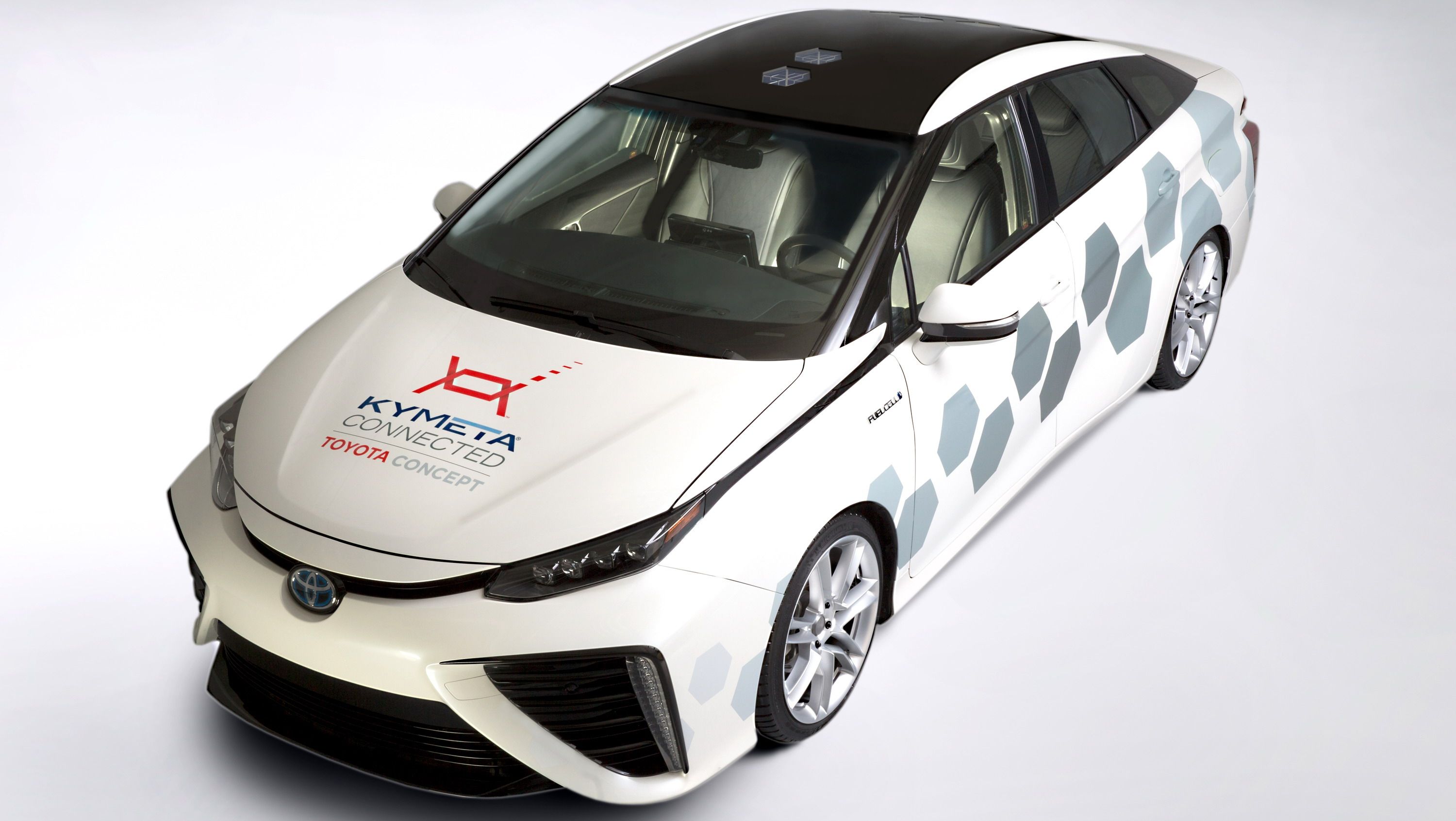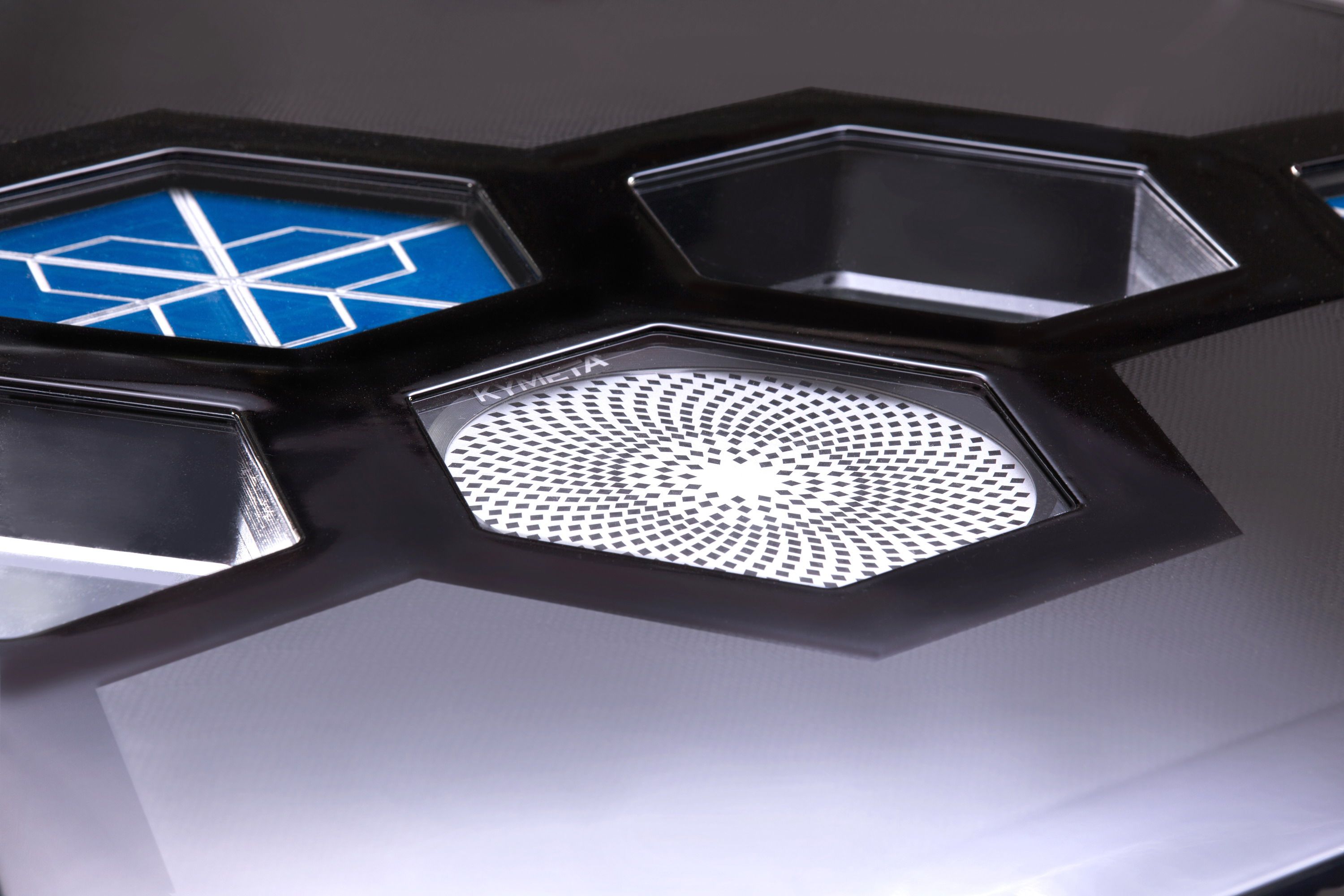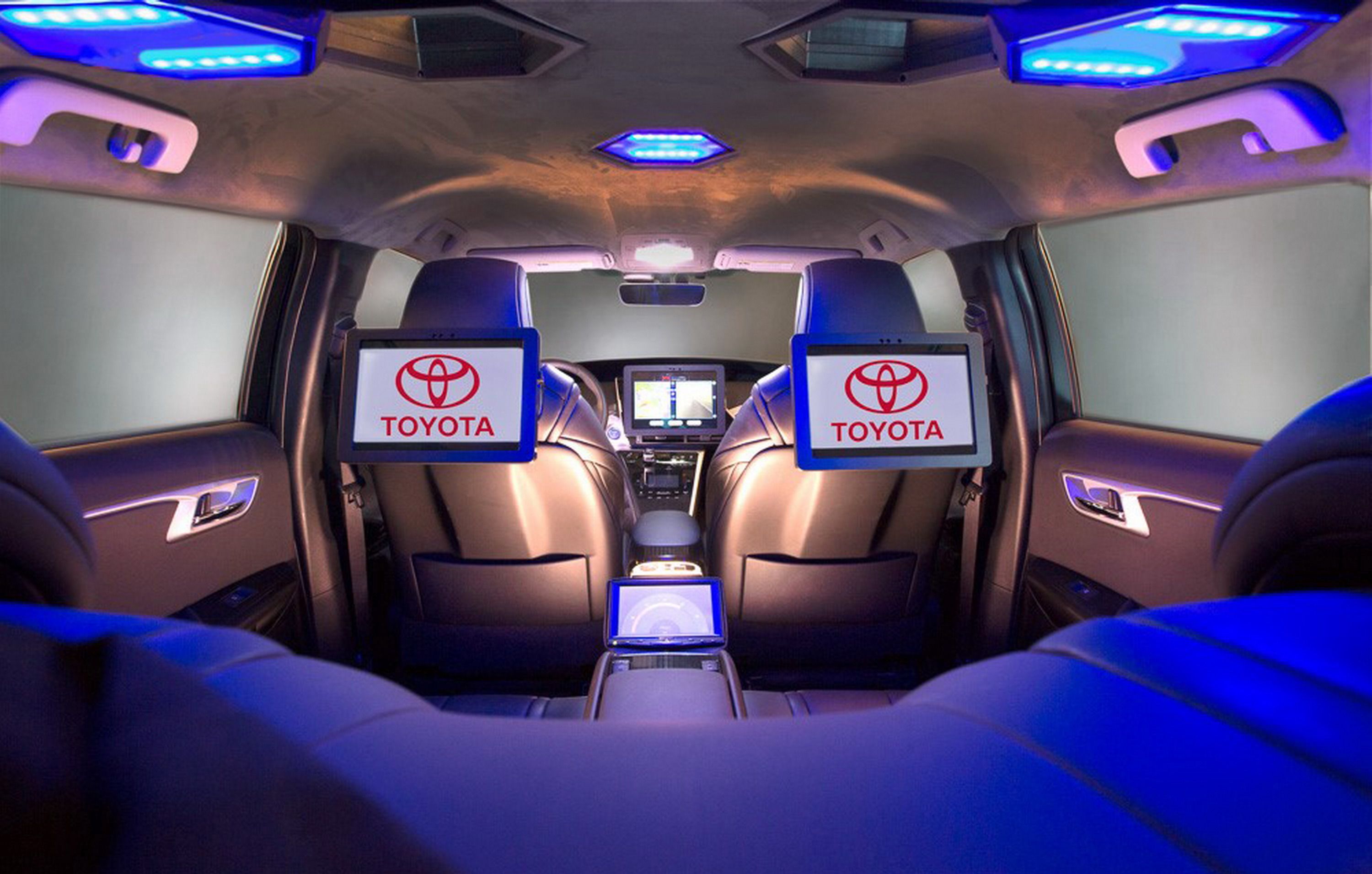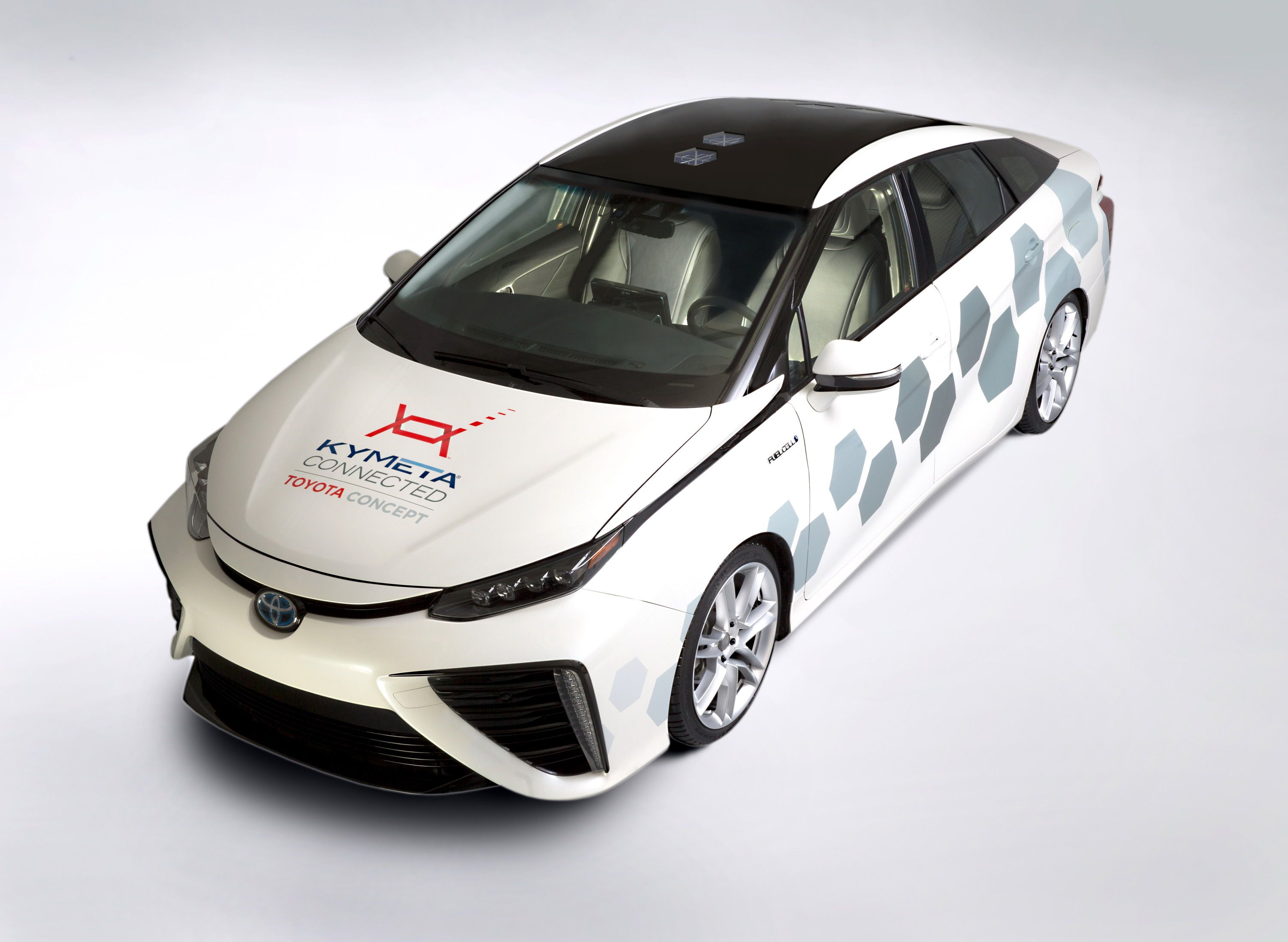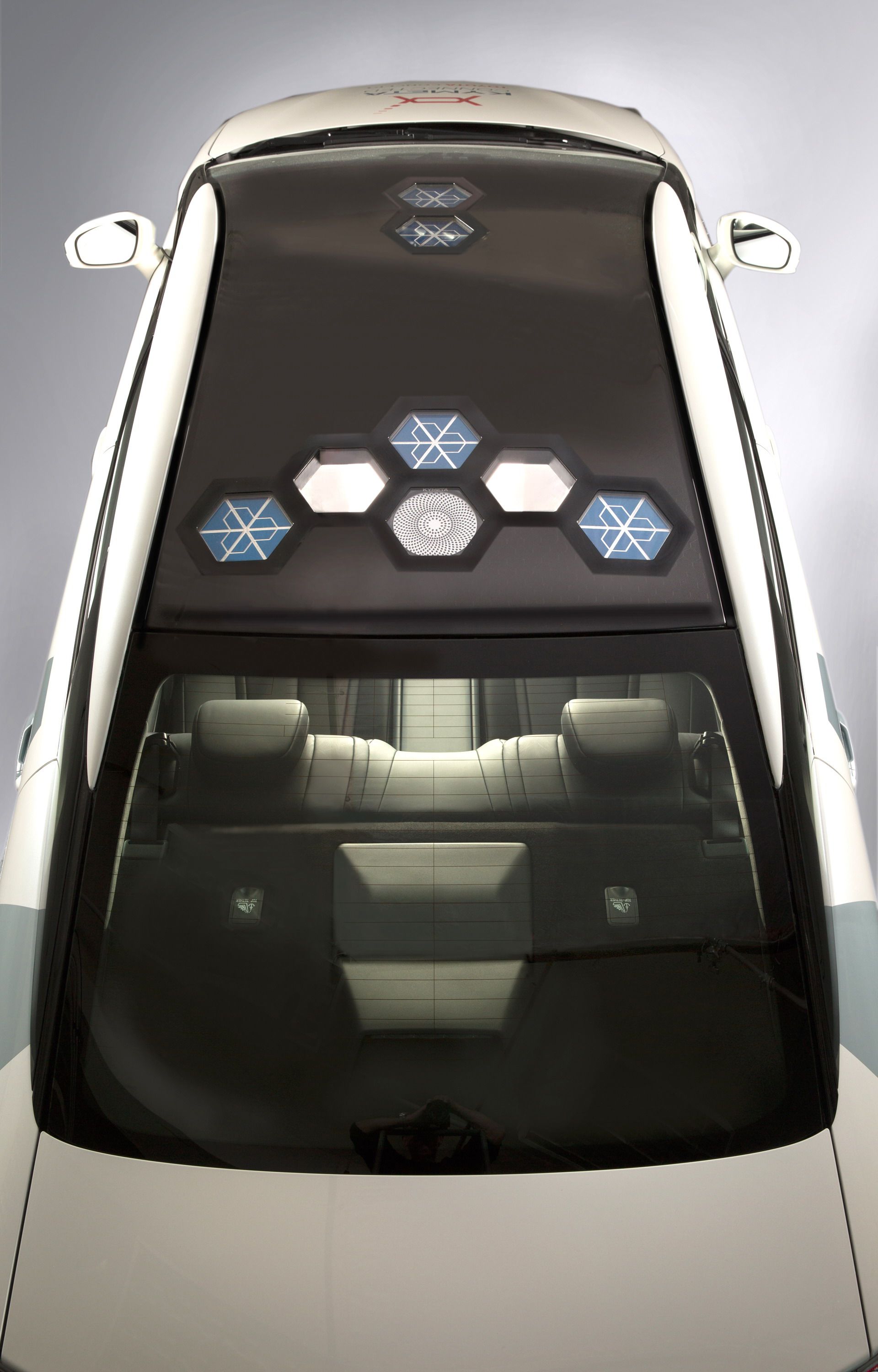Humans have been sending probes and satellites into space since the 1950s, but until now, communicating with those hunks of metal in space has required huge mechanical dishes. Of course, there are smaller ones too, like the ones used by satellite TV providers, but that isn’t small enough to bring satellite communication to cars. Some cars are “globally connected” via an onboard 4G LTE internet connection, but that connection isn’t as good as it could be, thus slowing down data communication between cars and the rest of the world. That connection is slowed because there are so many “middle men” between the car and the source of the data.
If there was a way to link cars directly to satellites, we could create a high-speed data transfer system that would allow the distribution of massive amounts of data to cars on a global level, and create a more stable and secure form of communication. Well, now there is a way, and Toyota->ke88 is displaying that technology with the Toyota Mirai-based Kymeta research vehicle that just debuted at the Detroit Auto Show.->ke222
The Mirai->ke4985 was already weird enough, with its aggressive design and hydrogen fuel cell,->ke4485 but Kymeta took it one step further with flat antenna satellite communication. Toyota and Kymeta have been working together to research flat antenna technology since 2013, and after 8,000 miles of testing, this concept->ke169 represents the progress made so far. Toyota is hoping that this technology->ke1701 will offer a better car experience, and it will probably assist in the use of autonomous cars->ke5282 as well. So, let’s take a look at this concept and see what it is all about.
Continue reading to learn more about the Toyota Mirai-based Kymeta Research Vehicle.
2016 Toyota Mirai-based Kymeta Research Vehicle
- Make: Array
- Model: 2016 Toyota Mirai-based Kymeta Research Vehicle
- [do not use] Vehicle Model: Array
Exterior
On the outside, the Mirai-based Kymeta Concept is a Mirai through and through. The only real cosmetic changes made to the exterior is the “Kymeta connected Toyota Concept” wording on the hood and the hexagon decals that run from the air vents on the front fascia to the edge of the rear quarter panels. There is one function change, however, and it is what makes this concept as special as it is. See those hexagons on the roof? Well, a couple appear to be small windows that allow rear passengers to look into the sky, but the others are flat antennas that allow the concept to stay actively connected to satellites in space. Pretty cool huh?
There are two different flat panels hidden below glass, one is white with diamond shape patterns all over it, and the other looks reminiscent of an oddly shaped solar panel. We’re not sure at this point how either work or specifically what they are, but we do know there are flat antennas up there. With a full view of the roof, we can see there are two of the solar-panel-looking hexagons up front and three in the rear.
Interior
On the inside, the Toyota-Kymeta Concept gets even weirder, but in a good way. The first thing I noticed was those odd, hexagonal shaped light modules on the roof. These lights could be powered by the small solar panels on the roof – if that is what they are. There are two light modules in the rear and one up front, offering a blue ambiance to the interior. Just ahead of the rear light modules are the two hexagonal openings that I believe to be glass portals to the sky above.
Moving down to seat level, it looks like Kymeta or Toyota has installed a touch screen controller that probably controls the rear infotainment system, which appears to include a large display on the back of the front seats. With those foot rests kicked down, rear passengers are probably pretty well set for a relaxing road trip. Considering the car has a satellite connection, I’m sure this rear infotainment system allows for your everyday internet connectivity, television streaming, and music streaming, among other things.
Moving up front, we can’t see if there are any other major modifications, except for that large display mounted in front of the Mirai’s normal infotainment display and center-mounted instrument display. It’s quite possible that this display takes the place of both, and may represent the idea of what future technology in cars will look like. Imagine having nothing but a 15- or 16-inch display in the middle of the dash, feeding you GPS, weather and driving information all in one place. We’re getting close to that, but we’re not quite there yet. Either way, this concept certainly previews where we’re going with technology in cars, and I’m excited to see what satellite-connected cars can bring to the world. Who knows, if cars will be that connected in the future, who’s to say your kids might not meet their significant other on the highway? It’s a long way from CB radio communication, that’s for sure.
Drivetrain
Note: Toyota Mirai pictured here.
Toyota hasn't mentioned anything interesting here. As far as we know, the Toyota-Kymeta concept comes to us with an unaltered drivetrain. That means the concept likely has the same 153-horsepower electric motor that also generates 247 pound-feet of torque.
Refueling the Hydrogen tanks take just about five minutes, and the air required to generate electricity from hydrogen is collected as the car is driven. According to Toyota’s website, the EPA gives the Mirai a rating of 312 miles on one fill up, which isn’t all that bad.
Conclusion
This concept is merely an experiment put together by Kymeta and Toyota, but the idea of satellite connections in cars is pretty cool. Just think about the possibilities of cars being able to collect globally. This means the potential for over-the-air software updates increases tenfold, and will be much quicker than what we see on cars with a 4G LTE connection. On top of all this, it is important to realize that Toyota isn’t giving up on the idea of hydrogen vehicles, and is pretty interested in the development of satellite-connected vehicles too. Interested enough that it has already invested $5 million dollars in Kymeta to help accelerate the joint research between the two companies.
I don’t know if hydrogen powered vehicles will ever take off. Right now, Hydrogen filling stations are rare, and the pricing is widely unregulated. One quick search on altfuelprices.com shows hydrogen pricing from anywhere between $1.00 a gallon up to $5.00. Hydrogen can be made cheaper, but until it becomes a member of the larger market, Hydrogen powered cars – like the Mirai – won’t go mainstream. Either way, I still think it is good that Kymeta has teamed with Toyota on this flat antenna project. As the two continue to send more cars out for testing, they are doing no harm to the environment, and that is huge as far as I’m concerned. I’m looking forward to seeing this flat antenna technology be developed further and go mainstream. I think it will play a huge role in autonomous vehicles, and will probably offer a hand to those big people haulers in the sky as well.

